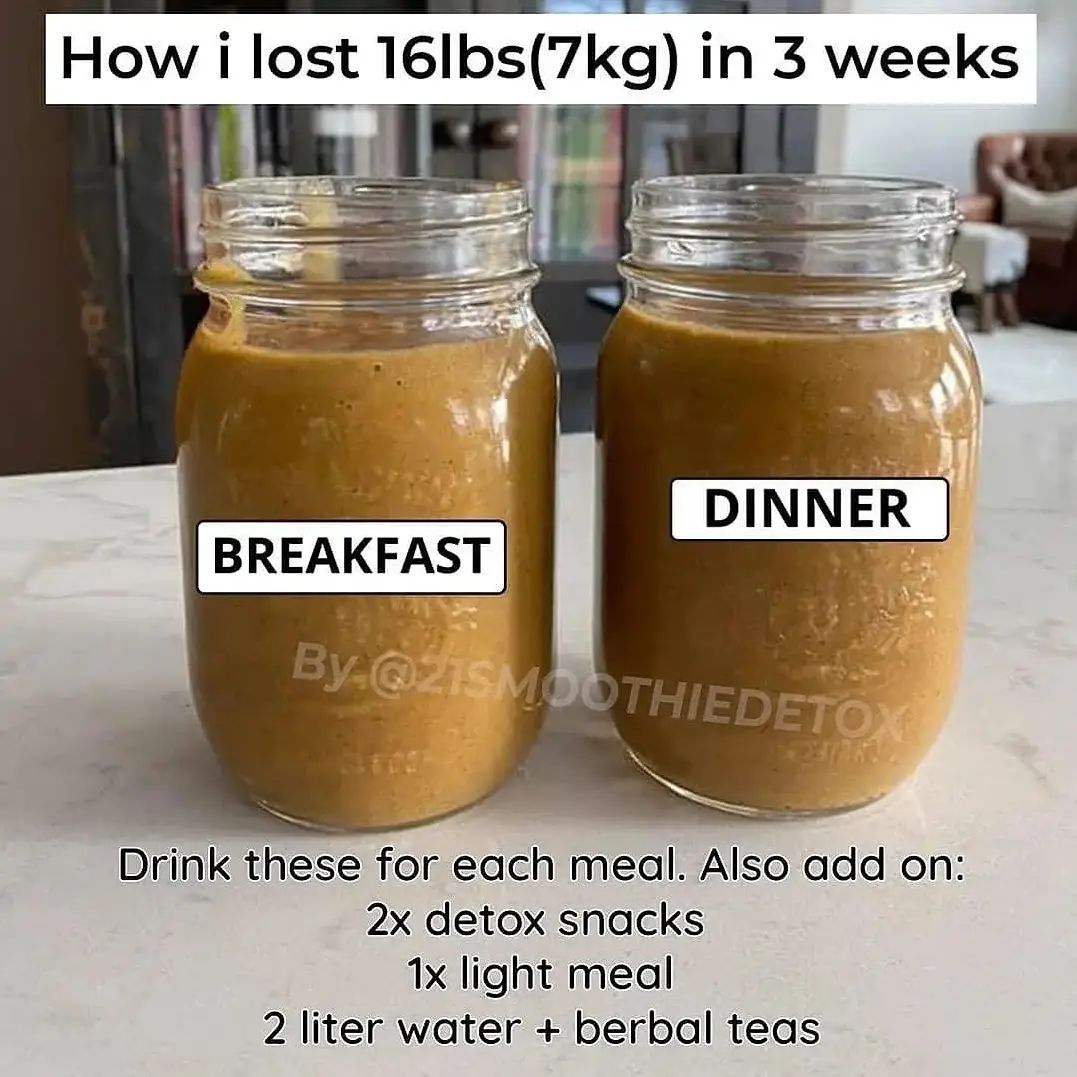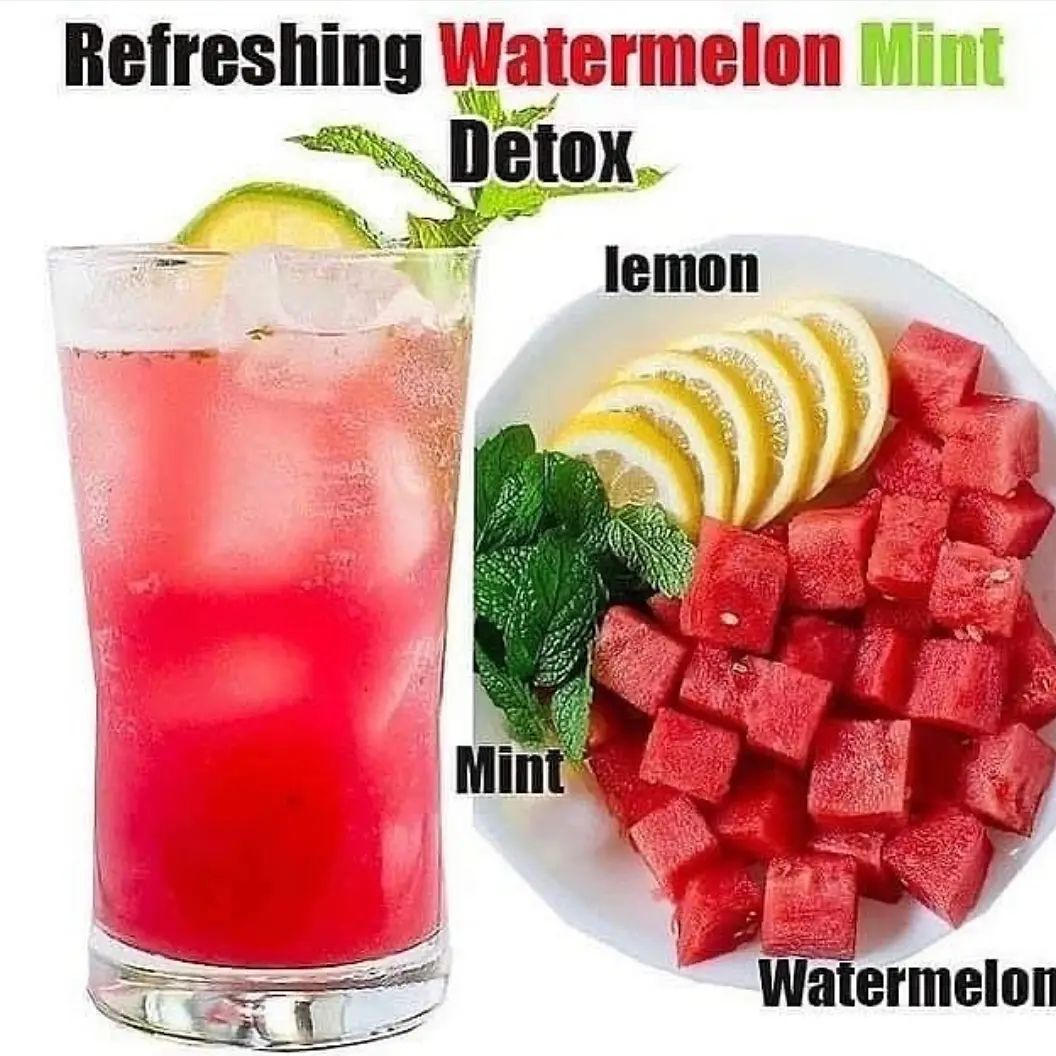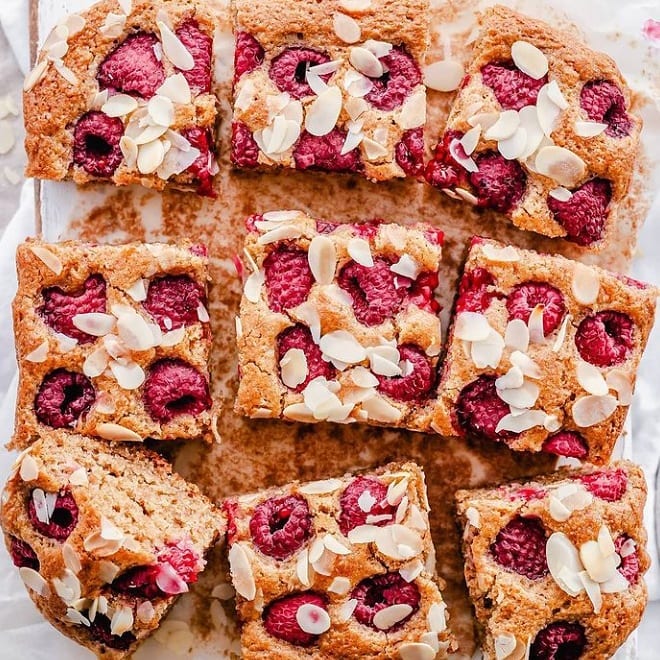Who knew that having two smoothies per day could bring so many health benefits?! And in ONLY 21 DAYS!! 🙌
So, how does it work? Check the link and take the ➡️ “21 smoothie diet challenge”
One of the biggest concerns people have when considering a plant-based or vegetarian diet is how to get enough iron without eating meat. While it’s true that red meat is a rich source of iron, there are plenty of plant-based foods that can help you meet your iron needs and maintain good health.
Iron is crucial for many bodily functions, particularly for carrying oxygen in the blood. Without enough iron, you can feel tired, weak, or even develop anemia. Luckily, plant-based iron sources are abundant, and with a little planning, you can get all the iron you need.
Here are some top plant-based iron sources:
1. Lentils
- Lentils are not only rich in protein but also packed with iron. Just one cup of cooked lentils contains about 6.6 mg of iron, which is nearly a third of your daily recommended intake. They’re also super versatile—you can use them in soups, salads, and even make lentil burgers. They’re a powerhouse for both iron and nutrition.
2. Leafy Greens (Spinach, Kale, Swiss Chard)
- Dark leafy greens like spinach, kale, and Swiss chard are excellent sources of iron. For example, a cup of cooked spinach provides about 6.4 mg of iron. While plant-based iron (non-heme iron) is not as easily absorbed by the body as the iron from meat, pairing these greens with a vitamin C source (like tomatoes or lemon juice) can boost absorption significantly.
3. Pumpkin Seeds
- Snack on some pumpkin seeds if you’re looking for an iron boost. These tiny seeds pack a punch when it comes to minerals, including iron. A small handful (about 1 ounce) contains around 2.5 mg of iron. Sprinkle them on salads, add them to granola, or eat them as a snack to up your iron intake.
4. Whole Grains
- Whole grains like quinoa, brown rice, and oats are excellent sources of iron. Quinoa, for example, provides about 2.8 mg of iron per cup when cooked. Whole grains are also rich in fiber, making them a double win for your digestive health and nutrient intake. Try incorporating more whole grains into your daily meals to boost your iron levels naturally.
5. Chickpeas
- Chickpeas, or garbanzo beans, are not only high in protein but also iron-rich. One cup of cooked chickpeas contains around 4.7 mg of iron. Whether you blend them into hummus, roast them for a crunchy snack, or toss them in a salad, chickpeas are a tasty way to meet your iron needs without meat.
Don’t Forget This Iron-Boosting Tip!
If you want to maximize the amount of iron your body absorbs from plant-based foods, make sure you’re getting enough vitamin C. This vitamin helps improve the absorption of non-heme iron (the type found in plant foods). Pair your lentils, leafy greens, and other iron-rich foods with foods high in vitamin C like citrus fruits, bell peppers, or tomatoes to get the most benefit.
Conclusion
Getting enough iron on a plant-based diet is not only possible, but it’s also easier than you might think. Lentils, leafy greens, pumpkin seeds, whole grains, and chickpeas are just a few of the iron-rich plant foods you can enjoy. By being mindful of what you eat and how you pair your meals, you can meet your iron needs and thrive on a meat-free diet. So go ahead, fill your plate with these nutrient-dense foods and feel confident in your iron intake—without needing to rely on meat!











![Follow @conveganence for daily vegan recipes!
•
Recipe (yields 2-3 servings)
🌱Ingredients
- 1 small head cauliflower, wash & cut into florets & pat dry with paper towels
- 1 small green bell pepper, cubed
- 1/2 small red onion, cubed
- 2 cloves garlic - sliced
- 1/4 cup [40g] dry roasted cashews
- 4 dried Thai chilis/red chilis, softened in hot water & drained
- oil for frying & cooking
🌱Batter
- 3/4 cup [96g] all-purpose flour
- 1/2 - 3/4 cup ice-cold water
- 1/4 teaspoon salt
- a few shakes of white pepper
🌱Sauce Mix together 2 tablespoons soy sauce/tamari, 1/2 tablespoon thick dark soy sauce (for color), 1/2 tablespoon sugar & 3 tablespoons Chinese cooking wine/sherry/broth in a bowl & set aside.
✅Place batter ingredients in a large mixing bowl & stir to combine. The batter should be thick like a pancake batter.
✅Dredge florets in batter, shake off excess & fry until golden brown (temperature 375F/190°C & I used a small saucepan). Then drain on paper towels.
✅Alternatively, grease a baking sheet pan with oil, place coated florets on the pan. Brush florets with oil & bake at 485F/
250°C until light golden brown for about 20-25 mins, be sure to flip halfway. For the last few minutes, broil to get a crispier ure (oven time varies)
✅To make the sauce, in a heated non-stick pan with 2 teaspoons oil, sauté onion until translucent. Then add garlic, bell pepper, chili & continue to sauté until fragrant. Slowly pour in the sauce & cook to reduce it slightly. Please adjust the sauce based on the cauliflower's size.
✅Finally, add the cauliflower florets, cashews & quickly toss them with the sauce until all incorporated. Serve with rice for a delicious meal.
*Please be sure to dry florets well before coating or the liquid will slowly thin down
#veganfollowback #veganscotland #scottishvegans #veganig #veganinstaclub #glasgowvegan #scottishvegan #scottishfood #scottishfoodie #glasgowfoodie #scottishfood #glasgowvegan #veganglasgow #naturalprotein #vegetarianbreakfast #breakfasttoast #veganfryup](https://conveganence.com/wp-content/uploads/2021/01/131936854_109446914286957_7383745306959709095_n.jpg)


